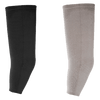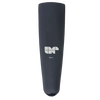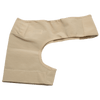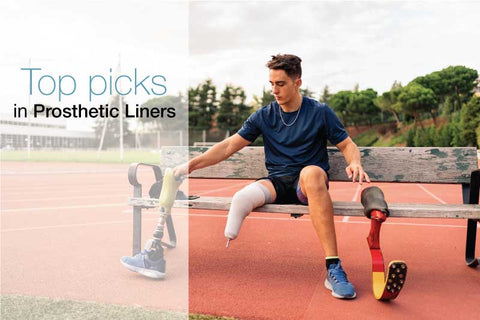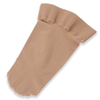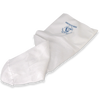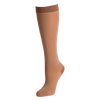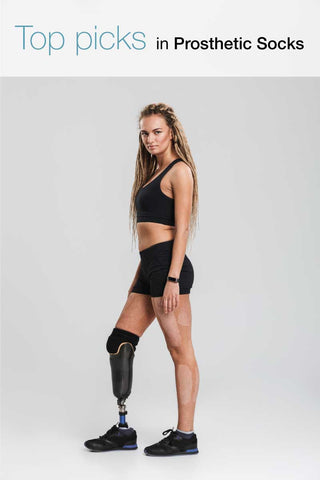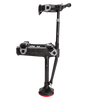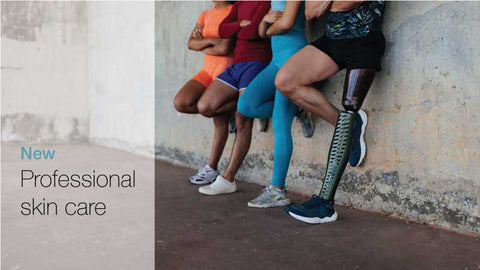Former British Paralympian Works with King’s College Engineers to Build Next Gen Prostheses
Reading Time: 4 minutes
Former British Paralympic swimmer and triathlete David Hill collaborated with a research team from the Department of Engineering at King’s College London to build the next generation of prosthetic limbs. Hill’s firsthand insight into the physical, emotional, and performance demands placed on prosthetics is invaluable to the project.

Under the leadership of Dr. Nicola Bailey, the team is developing two new prosthetic arms. One of these is a hybrid model that combines the user’s body power with a small, embedded motor to enhance grip strength and comfort compared to existing options.
During trials with one of the prosthetic devices, Hill, born without the lower portion of his left arm, could open a candy wrapper without using his teeth. He could also interlock his fingers on both hands, allowing him to reach above his head and stretch for the first time.
Reflecting on his journey with prosthetics since childhood, Hill told King’s College London News that he received his first basic prosthetic when he was just two years old. Ever since then, he has had high expectations for his prostheses in various aspects of life, including work, fitness, rowing, and construction. Due to his experiences, he is deeply committed to ensuring that the next generation can do whatever they want without encountering the challenges he faced.
The research team also explored a better approach to creating well-fitting prosthetic sockets. Post-graduates Nicos Hadjigeorgiou and Ryan Irving used advanced software to scan Hill’s residual limb using a smartphone, allowing them to customize a comfortable prosthetic socket for future prosthetic limbs.
Prosthetic sockets are not one-size-fits-all, and due to limb volume fluctuations can lead to issues such as being too loose or too tight. This can cause discomfort by pulling at the skin and restricting blood flow, especially during physical activity. By scanning an individual’s limb and tailoring a socket to fit well, users can enjoy greater comfort with their prosthetics.
Irving, a Research Assistant in the Department of Engineering, said that David’s feedback has been crucial to refining the team’s design process. He understands that collaborating with actual prosthetic users is vital; otherwise, the products will fall short of the users’ needs, resulting in discomfort and getting in the way of achieving their goals. Furthermore, Hill’s ideas on reducing the stigma around prosthetics have also guided the research team in rethinking their approach.
Hill said that working with the research team has helped him gain a deeper understanding of the challenges that other prosthetic users, who may not have a Paralympic perspective, might face. Together, Hill and the researchers developed methods to assist individuals in doing daily tasks comfortably, enabling them to live more independently.
Hill added that if this technology had been available 30 years ago, it could have reduced the wear and tear on his sound side arm.
People with either upper and lower limb loss often rely heavily on their sound side to compensate for limitations or inefficiencies in their prosthetic side, especially when the prosthesis is uncomfortable, ill-fitting, or lacks function. Over time, this overuse can lead to wear and tear on joints, muscles, and tendons in the sound side limb, including shoulder, elbow, hip and knee degradation, back pain, abnormal mechanics, and increased risk of arthritis.
Hill’s collaboration with the Department of Engineering at King’s College wouldn’t end soon. Looking ahead, the team is eager to continue working with him to develop a custom socket specifically designed for rowing training.

